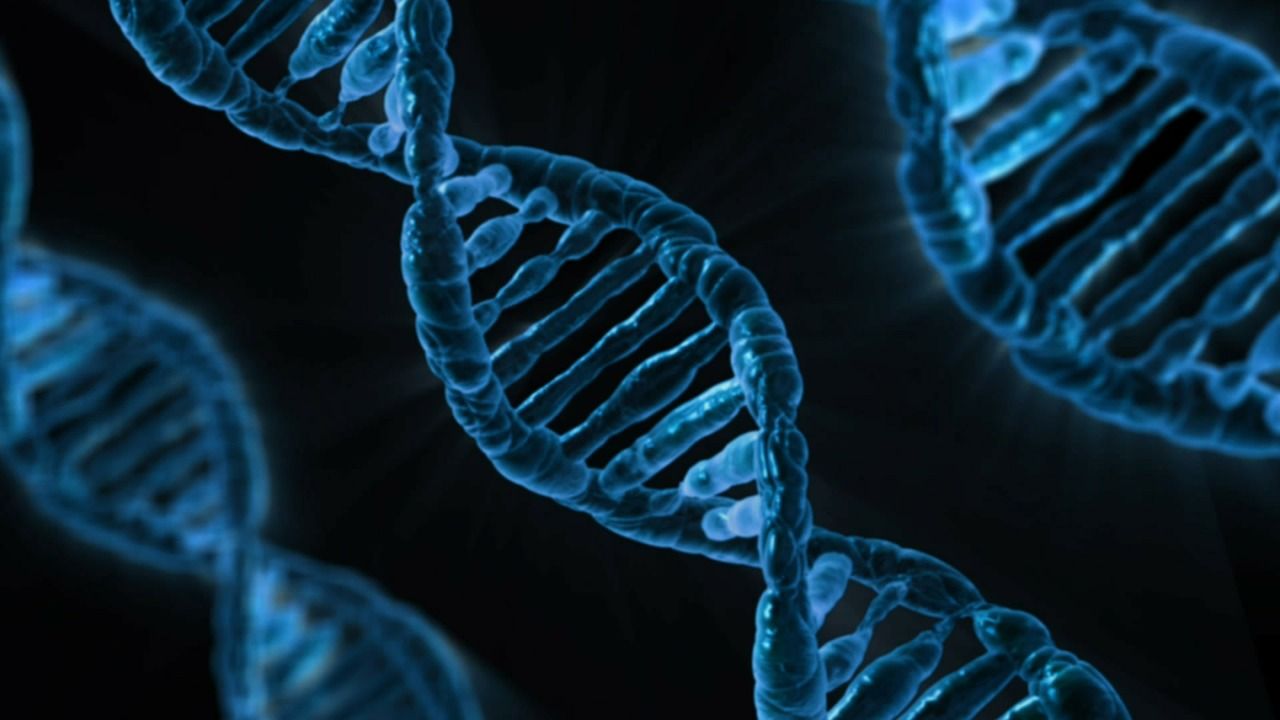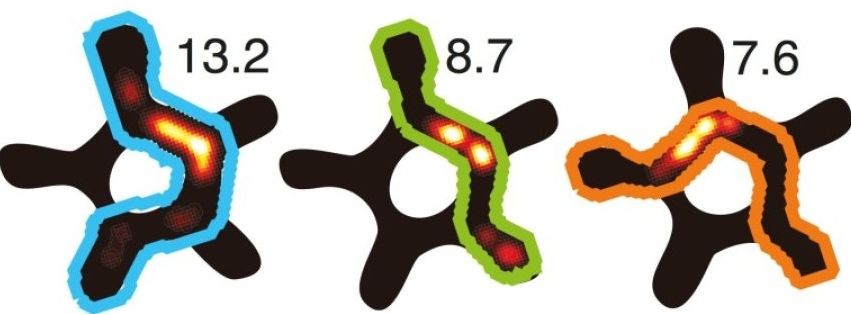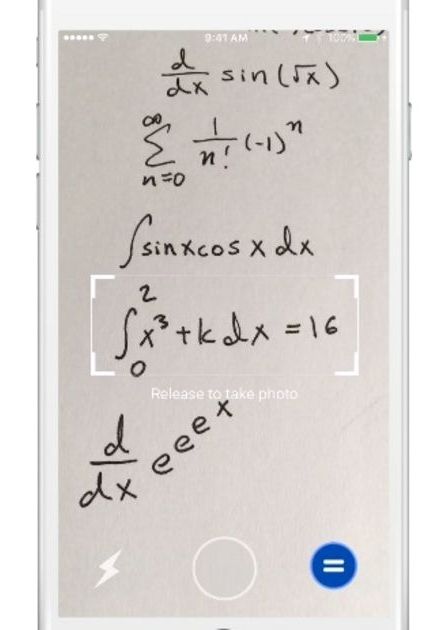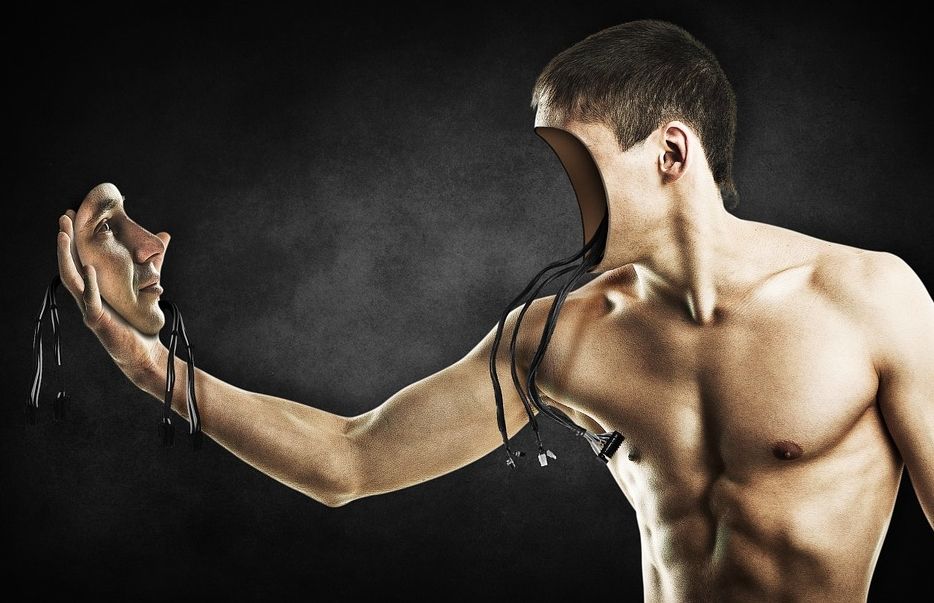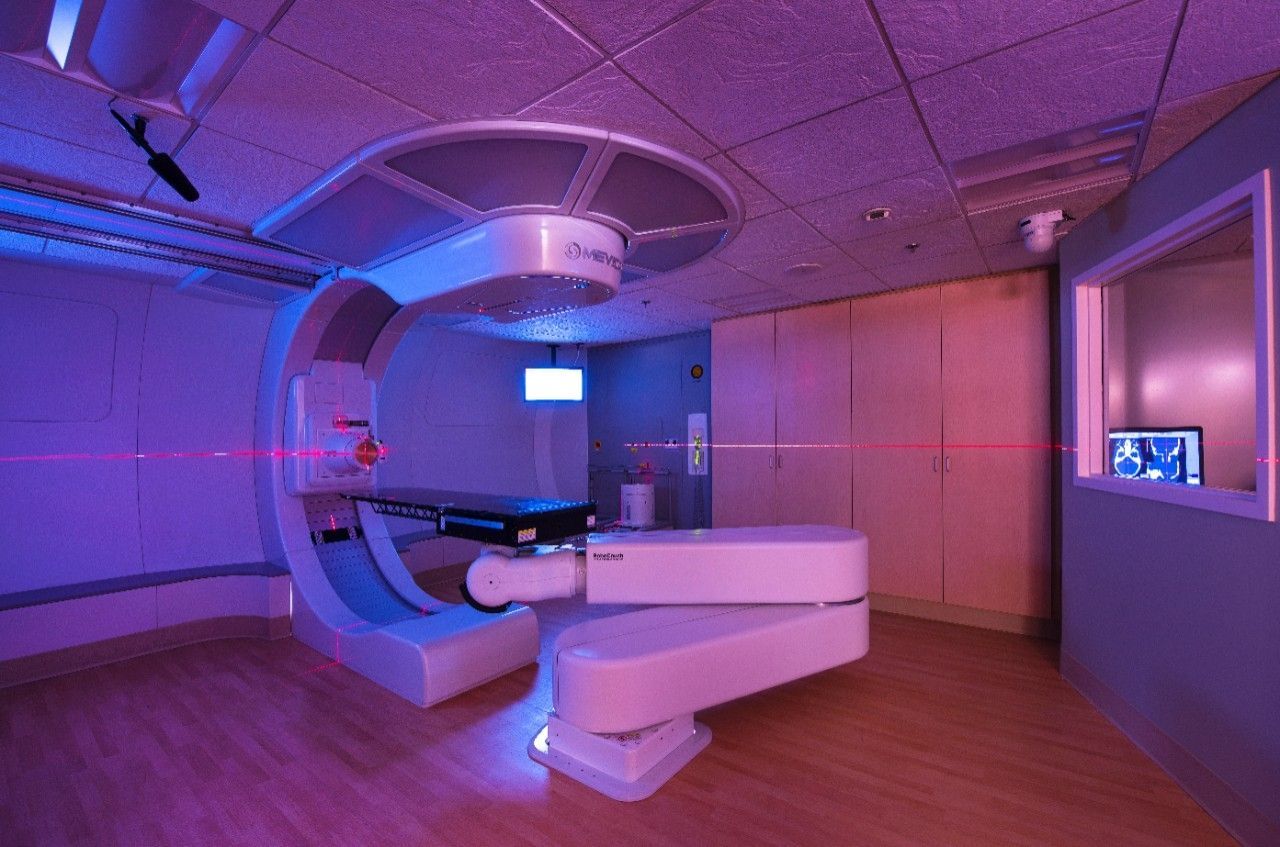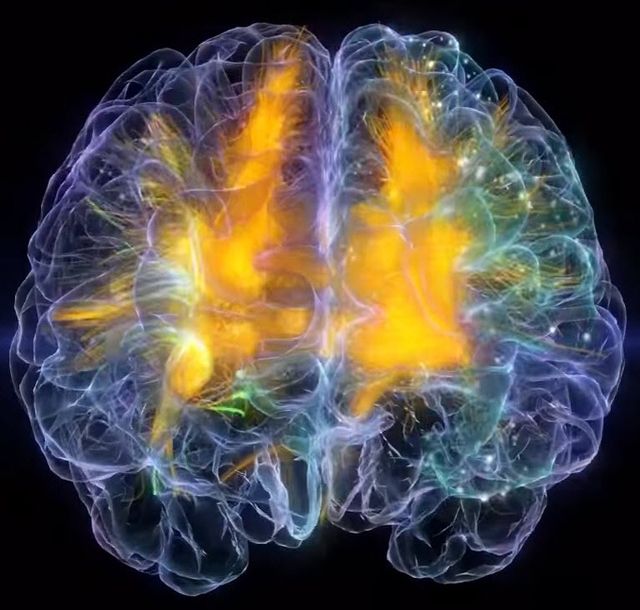Archive for the ‘neuroscience’ category: Page 957
May 24, 2016
Researchers identify genes linked to the effects of mood and stress on longevity
Posted by Bruno Henrique de Souza in categories: biotech/medical, genetics, life extension, neuroscience
The visible impacts of depression and stress that can be seen in a person’s face—and contribute to shorter lives—can also be found in alterations in genetic activity, according to newly published research.
In a series of studies involving both C. elegans worms and human cohorts, researchers from the Indiana University School of Medicine and the Scripps Research Institute have identified a series of genes that may modulate the effects of good or bad mood and response to stress on lifespan. In particular, the research pointed to a gene known as ANK3 as playing a key role in affecting longevity. The research was published May 24, 2016 in the Nature Publishing Group journal Molecular Psychiatry, the top ranked journal in the field of psychiatry.
“We were looking for genes that might be at the interface between mood, stress and longevity”, said Alexander B. Niculescu III, M.D., Ph.D., professor of psychiatry and medical neuroscience at the IU School of Medicine. “We have found a series of genes involved in mood disorders and stress disorders which also seem to be involved in longevity.
May 23, 2016
Richard Feynman: The Quantum Man
Posted by Karen Hurst in categories: business, education, habitats, neuroscience, quantum physics
Inspirational bio of the “Quantum Man” Richard Feynman.
Richard Feynman was a Nobel prize-winning physicist whose contemporaries thought that he had the finest brain in physics. He was born on May 11, 1918, in Manhattan and grew up in Far Rockaway, N.Y., a section of Queens, on the Rockaway peninsula.
His parents were non-observant Ashkenazi Jews. His father, Melville Feynman, was a uniform salesman. Nevertheless, he tried to stimulate Richard to have an interest in science at an early age. Melville was the son of Lithuanian Jews who lived in Minsk and emigrated to the U.S. in 1895 when Melville was 5 years old. Although Melville wanted to become a doctor, the family could not afford to support his education. He tried a variety of occupations and finally settled in the uniform business.
Initial evidence is found that the brain has a ‘tuning knob’ that is actually influencing behavior. Brain circuits can tune into the frequency of other brain parts relevant at the time. The scientific magazine Neuron is publishing the results of researchers at Radboud University the Netherlands on January 22.
Animals (and humans alike) have a metal map of the surrounding environment, consisting of place cells. These cells correspond with places in the physical space and fire when the animal reaches the place or remembers it. The mental map is fed by two sorts of information: with memories from earlier experiences, and with sensory information. But how does the mental map upload this information?
Direct measurements in the brain of mice, looking for their way in a maze, show that memory information is sent with another frequency to the mental map than sensory information is. The brain area representing the mental map synchronizes with these frequencies like a radio receiver: it is only tuning into the information that is important at a given time, an international team of researchers led by Francesco Battaglia from the Donders Institute for Brain, Cognition and Behaviour at Radboud University Nijmegen show. This research sheds light on the intriguing question how brain parts choose relevant information from the constant scattering of neurons going on in the brain.
May 21, 2016
Does a brain-dead person that has been resurrected have their old character?
Posted by Sean Brazell in categories: biotech/medical, neuroscience
Presumably, this also will make further research on patients in this state harder, since they are potentially savable and can be harmed by some interventions.
Whose brain is it anyway?
The tougher, ethical question is whether this actually would help the deceased person, or (assuming it works) even bring about a new person.
Continue reading “Does a brain-dead person that has been resurrected have their old character?” »
May 20, 2016
There IS life after DEATH: Scientists reveal shock findings from groundbreaking study
Posted by Sean Brazell in category: neuroscience
Hmmm.
LIFE after death has been “confirmed” by scientists who have discovered consciousness continues even once a person has died.
May 19, 2016
Point your phone at an equation and Mathpix will solve it
Posted by Shailesh Prasad in categories: education, information science, internet, mathematics, mobile phones, neuroscience
Math isn’t everyone’s strong suit, especially those who haven’t stretched that part of their brain since college. Thanks to the wonders of image recognition technology, we now have Mathpix, an iOS app that lets you point your phone camera at a problem and calculates solutions in seconds.
The interface looks like any standard camera app: simply drag the on-screen reticle over the equation and the app solves it and provides graph answers where appropriate. More useful is a step-by-step guide offering multiple methods to reach a solution, making this a bona fide educational tool. It uses image recognition to process problems and pings its servers to do the mathematical heavy lifting, so it likely requires an internet connection to work.
Mathpix was envisioned by Stanford PhD student Nico Jimenez, who was advised by Stanford grad Paul Ferrell. The app’s other developers are high schoolers Michael Lee and August Trollback, which is impressive for an app that claims to be the first to visually recognize and solve handwritten math problems.
Continue reading “Point your phone at an equation and Mathpix will solve it” »
May 19, 2016
Is The Singularity A Religious Doctrine?
Posted by Karen Hurst in categories: information science, neuroscience, Ray Kurzweil, singularity
New spin on all things that are Singular. Hmmm — so if Singularity becomes a religion; is Ray Kurzweil its God?
A colleague forwarded John Horgan’s recent Scientific American article, “The Singularity and the Neural Code.” Horgan argues that the intelligence augmentation and mind uploading that would lead to a technological singularity depend upon cracking the neural code. The problem is that we don’t understand our neural code, the software or algorithms that transform neurophysiology into the stuff of minds like perceptions, memories, and meanings. In other words, we know very little about how brains make minds.
May 19, 2016
Precision radiation helps ward off first-time mom’s brain tumor
Posted by Karen Hurst in categories: biotech/medical, health, neuroscience
Another exampme of how precision works.
While pregnant with her first child, Rhea Birusingh started experiencing blurry vision that her OB-GYN dismissed as an expected pregnancy-related change, but three months later, she went to her ophthalmologist, who discovered an inoperable 2-centimeter benign brain tumor behind her right eye. Now, nearly four months later, Birusingh’s son is healthy and her vision is normal, thanks to a powerful, precise radiation treatment.
“When you’re a pathologist and your eyes are a money maker, you start to get a little bit worried,” Birusingh, 37, of Howey-in-the-Hills, Florida, told FoxNews.com.
Continue reading “Precision radiation helps ward off first-time mom’s brain tumor” »
May 19, 2016
A Real-Time Visualization Of Electrical Activity In The Brain Is Here And It’s Beautiful
Posted by Karen Hurst in categories: entertainment, neuroscience
Researchers have created a beautiful visualization the electrical activity in the human brain with the Unity3D game development engine. It’s gorgeous eye candy but it’s also amazing when you find out what it is you’re looking at.

